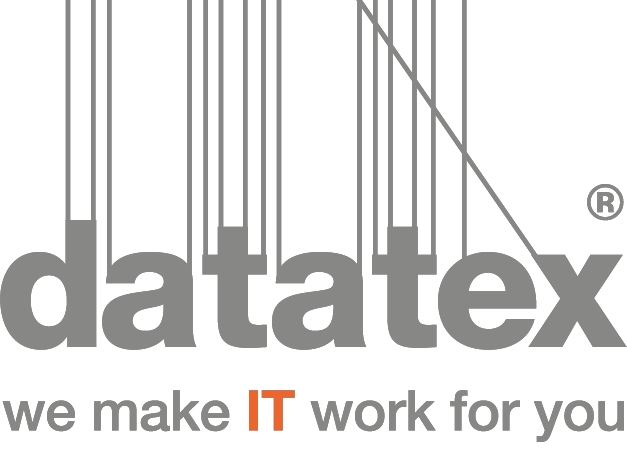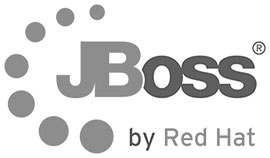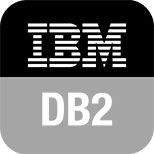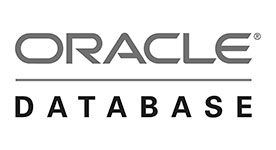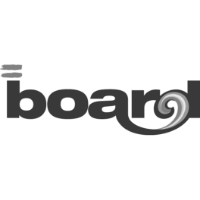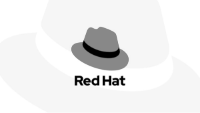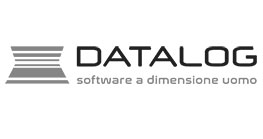Textile & Apparel Industry Challenges
Only a software solution that recognizes and works with unique features can provide effective management tools for the textile and apparel industry.
Textile & Apparel Industry Challenges
Only a software solution that recognizes and works with unique features can provide effective management tools for the textile and apparel industry.
From one to many
The textile industry uses a few raw materials to manufacture countless finished products.
Diversity and complexity of processes
Highly specialized phases where each process from spinning to packaging has its own specific production parameters.
Traceability
Tracing a particular fiber or yarn lot across the manufacturing processes starting from a finished good.
Unsynchronized production line
Machines with different cycle times and batch sizes can make scheduling a challenge as the actual routings may change from order to order.
Units of measure & inventories
There is no unit of measure appliable to the entire supply chain. Multiple inventory levels from batches, containers, pallets, to a roll, a cone of yarn, etc.
Short delivery time
Long production processes and short delivery time requires planning concepts driven from a partially defined demand and not from a finished item.
From one to many
The textile industry uses a few raw materials to manufacture countless finished products.
Diversity and complexity of processes
Highly specialized phases where each process from spinning to packaging has its own specific production parameters.
Traceability
Tracing a particular fiber or yarn lot across the manufacturing processes starting from a finished good.
Unsynchronized production line
Machines with different cycle times and batch sizes can make scheduling a challenge as the actual routings may change from order to order.
Units of measure & inventories
There is no unit of measure appliable to the entire supply chain. Multiple inventory levels from batches, containers, pallets, to a roll, a cone of yarn, etc.
Short delivery time
Long production processes and short delivery time requires planning concepts driven from a partially defined demand and not from a finished item.
Our Solution: NOW ERP System
Network Oriented World
NOW is a family of management software composed of innovative functions and modules developed to help textile and fashion companies, regardless of their size. A solution capable of meeting the new demands of the sector such as a wide variety of products, short delivery times and lower costs. Datatex NOW ERP is characterized by great flexibility, able to adapt to every aspect of the business processes.
Supply Chain | Scheduling | IOT | Products | Finance & HR | Web Application
Our Solution: NOW ERP System
Network Oriented World
NOW is a family of management software composed of innovative functions and modules developed to help textile and fashion companies, regardless of their size.
A solution capable of meeting the new demands of the sector such as a wide variety of products, short delivery times and lower costs. Datatex NOW ERP is characterized by great flexibility, able to adapt to every aspect of the business processes.
Supply Chain | Scheduling | IOT | Products | Finance & HR | Web Application
Complementary app
Now extensions
Now Base modules
Specific app
The NOW application
The NOW application was created with an object-oriented technology: it guarantees the dynamic integration of business processes and their traceability. The program can plan and control each phase of the production process, starting from the fibres to the final product. Finally, it collects, analyzes data and monitors every single movement.
The modular approach
It allows the use of the system both by completely vertical companies and by specialized companies. This implementation mode leaves the customer the freedom to start with the modules they need and then integrate new ones as the company grow.
The programing language

The functions have been designed to ensure easy integration and universal support. NOW was developed with the Jakarta EE (Java EE Java Enterprise Edition) programming language, 3-tier 3-tired architecture, compatible with the main databases and accessible from any device connected to a browser. The technology adopted by Datatex allows the customer to choose their hardware and middleware supplier, regardless of the software installed.
Compatible today with following Application Server & Database Server:
Our Technology Business Partners:
NOW Advantages
With Datatex you get a dedicated platform with functions that have been developed and grown as a result of feedback from people in the industry that use the software to run their business. Every significant step in the textile and apparel supply chain is fully catered for in a Datatex solution.
Latest technology
We take care that the solutions remain in step with the latest technology developments. Our current software uses advanced Web standards like Jakarta EE (Java EE), web services and XML to let users take advantages of the latest advances in supply-chain integration and IT technology making them true Industry 4.0.
Costs
The costs of development are shared across the Datatex user base. This means that the total cost of ownership of a Datatex solution in the medium to long term is well below that of a bespoke system or a customized general ERP package.
VS Bespoke System
As your business grows or conditions change, over time the cost of maintaining and upgrading the system can get seriously out of hand. In addition, our product development skills ensure that each new release is optimized and integrated in a way that no recycled solution can be – even if it claims to be a complete software ‘package’.
VS Standard ERP
The other alternative is to use a standard ERP application, either customizing it for the textile and apparel sector or using the add-ons that are available. Both approaches have their problems. The textile and apparel industry has a number of unique features that set it apart from other manufacturing sectors. Customizing a general ERP solution for textile use is therefore an extremely demanding and difficult task. Often the people doing the customization don’t have specific expertise for the textile sector limiting its usability. Using add-ons can provide solutions with a better fit to the needs of your business. The problems arises when the upgrade of the basic ERP package is due- the add-ons must be rewritten too. You are basically having to manage two software packages – with the same kind of inflated maintenance costs we mentioned earlier.
NOW Advantages
With Datatex you get a dedicated platform with functions that have been developed and grown as a result of feedback from people in the industry that use the software to run their business. Every significant step in the textile and apparel supply chain is fully catered for in a Datatex solution.
Latest technology
We take care that the solutions remain in step with the latest technology developments. Our current software uses advanced Web standards like Jakarta EE (Java EE), web services and XML to let users take advantages of the latest advances in supply-chain integration and IT technology making them true Industry 4.0.
Costs
The costs of development are shared across the Datatex user base. This means that the total cost of ownership of a Datatex solution in the medium to long term is well below that of a bespoke system or a customized general ERP package.
VS Bespoke System
As your business grows or conditions change, over time the cost of maintaining and upgrading the system can get seriously out of hand. In addition, our product development skills ensure that each new release is optimized and integrated in a way that no recycled solution can be – even if it claims to be a complete software ‘package’.
VS Standard ERP
The other alternative is to use a standard ERP application, either customizing it for the textile and apparel sector or using the add-ons that are available. Both approaches have their problems. The textile and apparel industry has a number of unique features that set it apart from other manufacturing sectors. Customizing a general ERP solution for textile use is therefore an extremely demanding and difficult task. Often the people doing the customization don’t have specific expertise for the textile sector limiting its usability. Using add-ons can provide solutions with a better fit to the needs of your business. The problems arises when the upgrade of the basic ERP package is due- the add-ons must be rewritten too. You are basically having to manage two software packages – with the same kind of inflated maintenance costs we mentioned earlier.
Download
Download NOW ERP system brochure to find out more or contact us!
